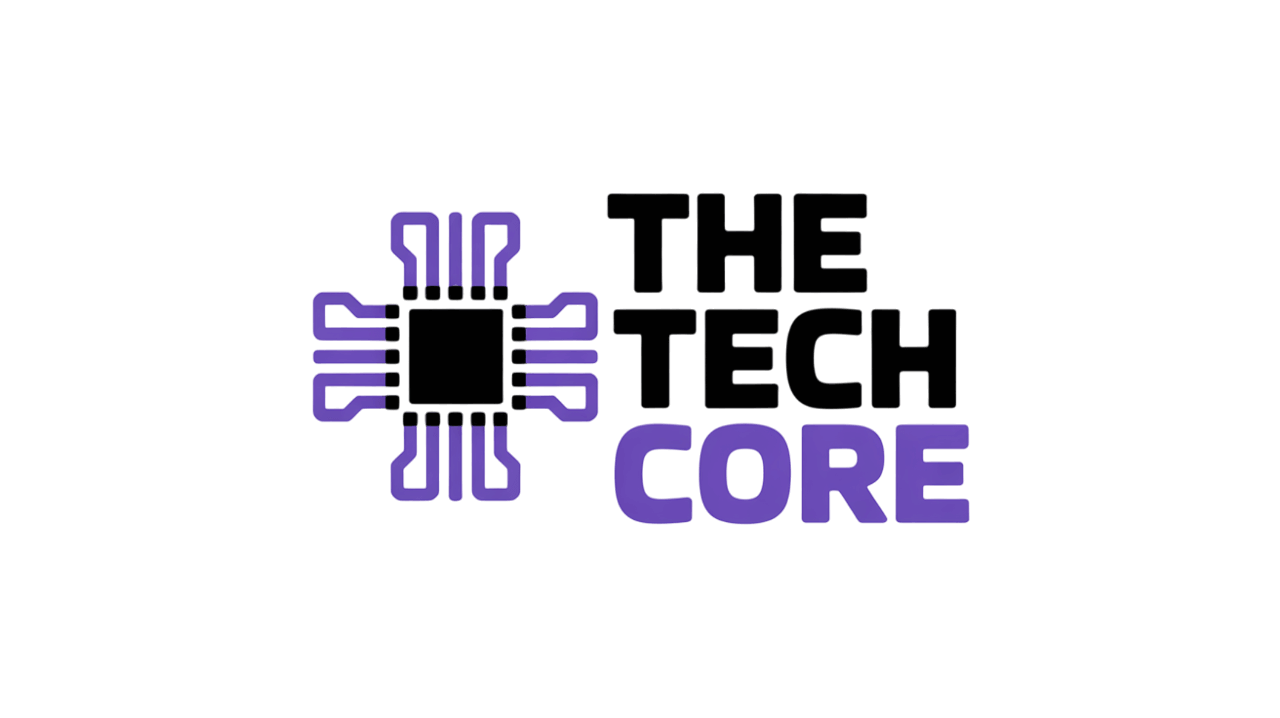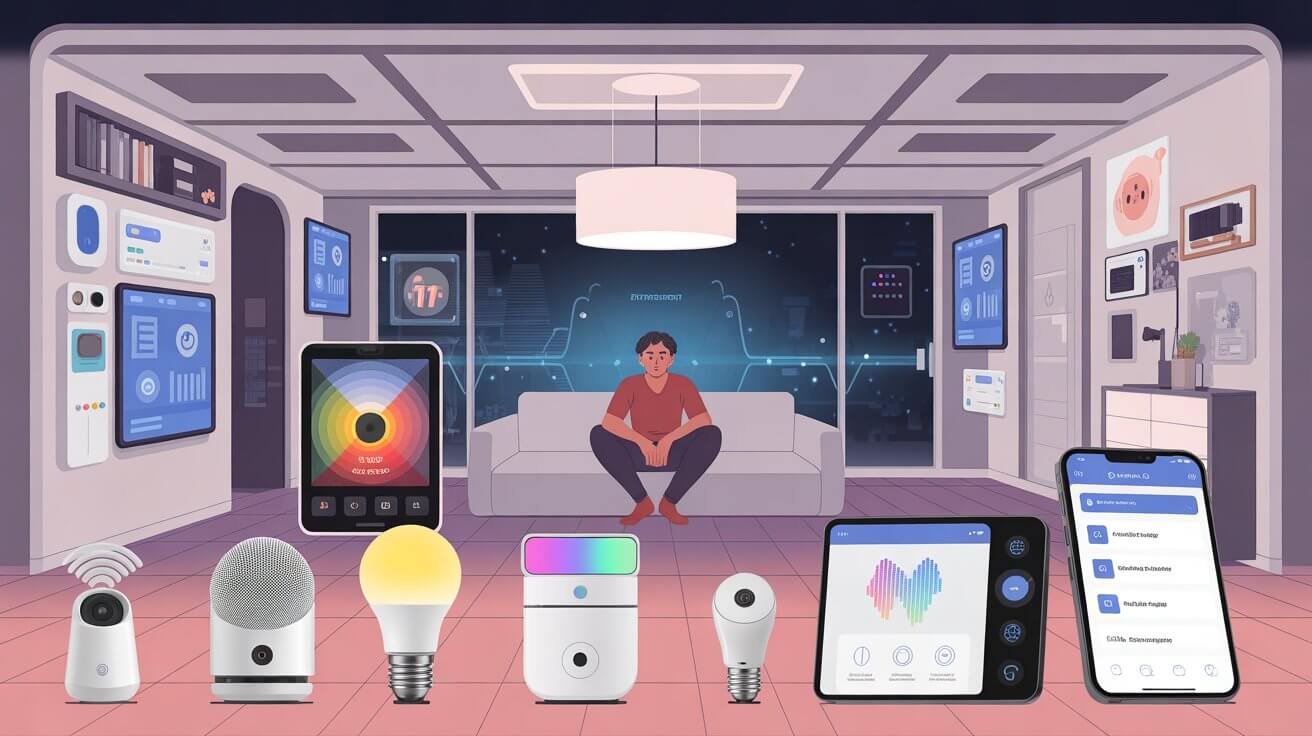We’ve all seen the commercials — lights turning on with a voice command, thermostats adjusting themselves, and fridges that tell you you’re out of milk. Smart homes sound convenient, even cool. But as these AI-driven devices settle into our routines, it’s worth asking: what are we really giving up for that convenience?
This article isn’t about scaring you off smart home tech. I use it myself. But like any powerful tool, home automation powered by AI and machine learning has its downsides — especially when it comes to privacy, autonomy, and control over your own space. So let’s dive into the not-so-obvious ways smart homes might be affecting your daily life.
Introduction: The Promise and the Price of Smart Homes
Smart homes are everywhere now — smart speakers in the kitchen, AI-powered cameras by the door, and even robotic vacuums that map our floors. In fact, a 2023 report by Statista estimates over 400 million households worldwide now use some form of home automation.
Why? It’s easy. Machine learning and AI simplify daily tasks, save time, and even offer security features. But here’s the thing: To work this well, these devices collect and analyze a lot of personal data. That’s where the problems creep in.
Smart homes sound like the future, but they also raise real questions about who controls the data in your home, how it’s used, and what happens when it’s misused.
1. What Do Smart Home Devices Really Know About You?
Let’s start with the basics. For your smart home system to “learn” your habits (that’s the machine learning part), AI assistants continuously monitor what you do. That data includes:
-
- Voice recordings (via smart speakers like Alexa or Google Nest)
- Location data (through smart thermostats and GPS-based routines)
- Behavioral habits (like when you turn off lights or lock your doors)
It might seem harmless — after all, the tech is helping you — but that’s also a pretty detailed portrait of your life. And depending on the brand you use, that information may be stored on company servers, shared with third-party developers, or sold to advertisers.
A 2022 study by Mozilla found that many smart home devices fail basic security tests, including risky user permissions and unclear data-sharing policies.
Remember the story from 2018, when Amazon admitted that one of its Echo devices recorded a family’s private conversation and sent it to a random contact? That wasn’t just a glitch — it was a consequence of always-on learning.
2. AI and Automation: Who’s Really in Control?
We like to think we’re in control of our smart homes. After all, we’re giving the commands, right? But AI doesn’t just respond — it anticipates, recommends, and nudges.
Over time, some smart home devices begin making decisions for you. Smart thermostats like Nest or Ecobee can override your settings to “optimize” energy usage. Smart lights turn on and off based on your patterns. On one hand, that’s convenient. On the other, it’s subtle conditioning.
Here’s the issue: the more you rely on AI for daily routines, the less you notice how much control you’re giving away.
This isn’t science fiction. These systems use machine learning to adapt and influence your behavior, often without your explicit awareness. A smart fridge suggesting what to cook isn’t just helpful — it’s a small way your choices are nudged by algorithms trained on what companies want you to consume.
It’s not just about comfort. It’s about autonomy.
3. Security Risks: When Smart Becomes Vulnerable
Like any internet-connected device, smart home tech can be hacked. And when your entire house is automated, that’s a problem.
Some common vulnerabilities include:
-
- Weak default passwords
- Unencrypted communication between devices
- Infrequent software updates
- Poorly designed APIs and cloud services
In 2023, researchers at Norton highlighted growing concerns over how hackers are exploiting smart home devices. From accessing security camera feeds to hijacking smart locks, the risks are real — especially if your Wi-Fi network isn’t properly secured.
And then there’s botnets, like the Mirai malware that turned thousands of smart devices into a massive cyber weapon. Even if you’re not personally targeted, your devices could be used in broader cyberattacks without your knowledge.
So yes, smart homes offer convenience, but when your fridge is connected to the internet, it’s another door into your life — one that needs securing.
4. Ethics and Transparency: Where’s the Line?
This might be the trickiest part: we don’t actually know exactly how most smart home algorithms work. AI systems aren’t always transparent, and most companies offer little insight into how decisions are made, or how data influences outcomes.
Some questions to consider:
-
- Is your AI assistant biased? (Most are trained on datasets that reflect certain cultural values.)
- Are developers designing automation around your best interests — or theirs?
- Can you opt out of certain data practices?
According to the Electronic Frontier Foundation, smart home companies rarely provide full transparency or meaningful consent options. Many bury details in lengthy, hard-to-read privacy policies.
Moreover, smart devices are often part of vast ecosystems like Amazon, Google, or Apple — where your data may be shared across services in ways you didn’t expect.
Practical Examples: How This Plays Out Day-to-Day
Let’s make it real. Here are a few everyday examples where the line between convenience and intrusion gets blurry:
- You ask your smart speaker to play music. It remembers your taste, but also uses that data for targeted ads across devices.
- Your robot vac maps your home. That map could be stored, analyzed — and potentially sold. In 2022, images captured by Roomba robots were leaked online.
- You set routines like “Goodnight Alexa.” Doing so reveals your bedtime habits, which could be valuable for advertisers or insurers.
Feeling a little uneasy? That’s normal. The point isn’t to throw out your devices but to understand what you’re trading for that ease.
What You Can Do Today
Worried your smart home is getting too smart? Here are a few simple ways to take back a bit more control:
1. Change default passwords and use two-factor authentication.
2. Review your privacy settings. Turn off features you don’t need.
3. Limit third-party integrations. Only grant access to apps and services you trust.
4. Use a separate guest network for smart devices. This limits exposure if one device is compromised.
5. Set routines consciously. Review which actions are automated and whether they’re actually helping you — or just minimizing your involvement.
Looking Ahead: The Future of Smart Homes and AI Ethics
As smart homes continue to grow (global market revenue is projected to hit $241 billion by 2028), these concerns aren’t going away — they’re growing right alongside the tech.
We can expect smarter devices, more seamless integrations, and deeper AI personalization. But unless regulation catches up, so will the risks.
Will we get smarter about smart homes? Governments are starting to push for better digital rights and transparency, but it’s slow. The EU’s AI Act is a start, aiming to regulate high-risk AI systems. The U.S. is trailing behind, with a patchwork of state laws and little federal oversight.
The real future question is this: Do we end up living in homes that serve us — or ones that monitor, influence, and ultimately make decisions for us?
Conclusion: Be Smart About Your Smart Home
Smart homes aren’t evil. I love being able to ask my speaker for the weather or to turn off the porch lights from bed. But understanding the dark side of these luxuries helps you make better choices.
AI and machine learning are deeply embedded in home automation. They bring convenience — but at a cost. To keep that balance healthy, we need awareness, better tools, and a little intentionality in how we interact with the tech that surrounds us.
So enjoy your smart home. Just don’t forget who’s really in charge — or who should be.








